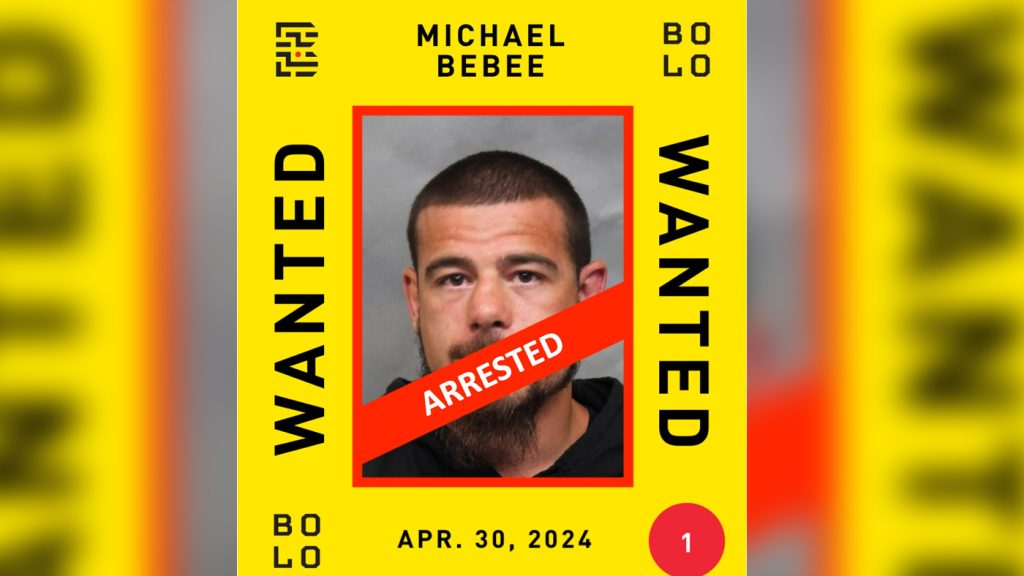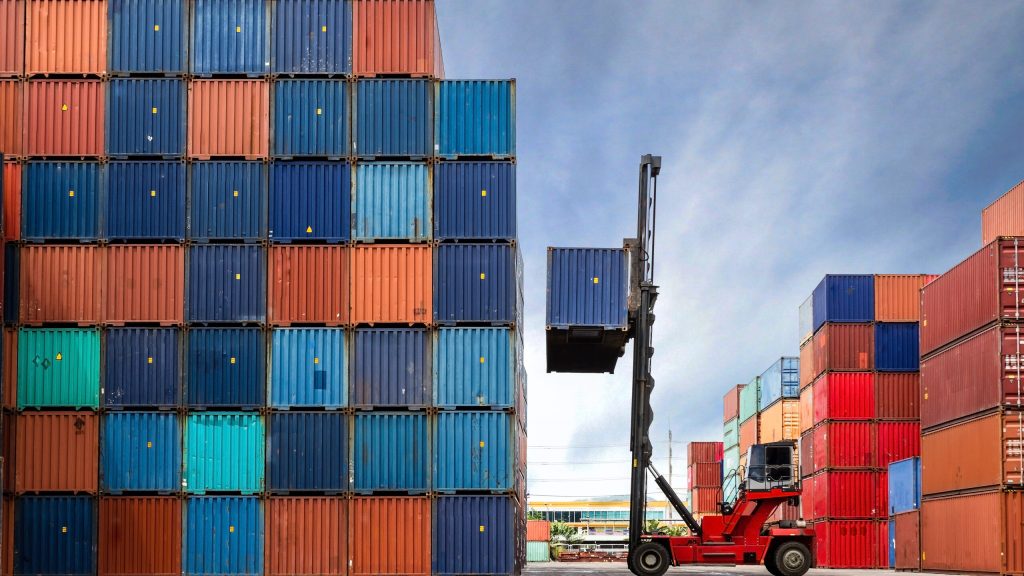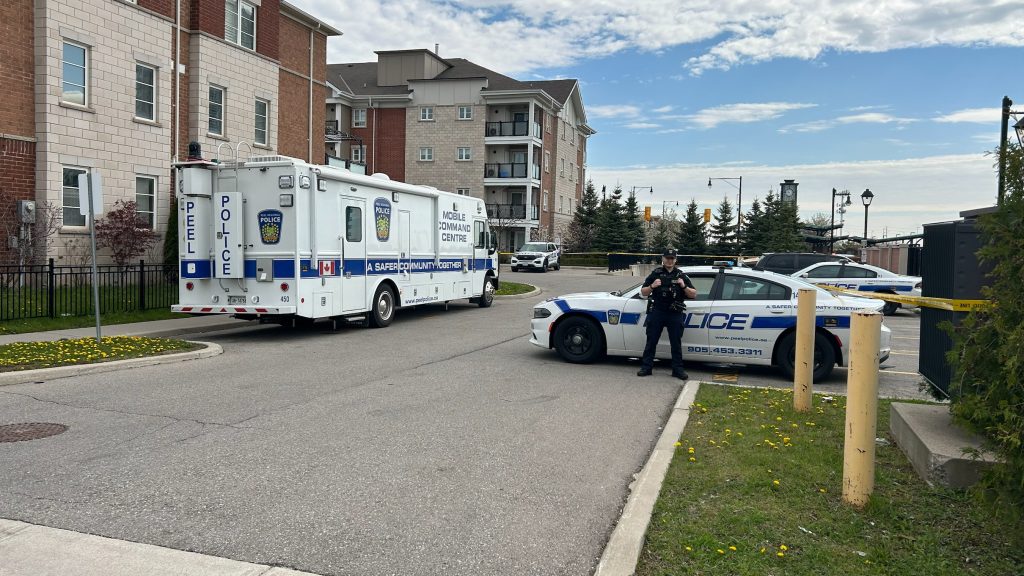Runners say Toronto Marathon course was longer than 42.2 km, jeopardizing qualifying times
Posted May 6, 2019 4:09 pm.
Last Updated May 6, 2019 7:00 pm.
After having children, Carolyn Agnew-Hall set a goal for herself. She wanted to qualify for the Boston Marathon. She completed the prestigious race back in 2005, and was determined to give it another shot. That meant sacrifice.
Instead of sleeping in, she left her warm bed at ungodly hours, morning after morning, to train.
The weeks and months rolled by, and Agnew-Hall, 45, kept at it. As winter melted into spring, she set her sights on the Toronto Marathon, hoping she could beat the 3:50 Boston Marathon qualifying time for her age group.
But her hopes were dashed when she finished Sunday’s Toronto race with an official time of 3:54.
It was only after conferring with some members of her running group that her disappointment turned into anger and frustration. Two of her training partners also ran the race on Sunday. But unlike Agnew-Hall, who wore an old Seiko watch, her friends donned modern smartwatches equipped with GPS systems.
Their conclusion: The Toronto Marathon was longer than it should have been.
Instead of 42.2 kilometers, one of her training partners, Meghan Carlomusto, says her watch determined she ran 43.14 kilometres.
Another one, Erin Tremblay, says her watch clocked in at 43.44 kilometres.
Race organizers haven’t responded yet to several CityNews inquiries about the actual length, but Agnew-Hall and her training partners are convinced they ran longer than they should have.
In Agnew-Hall’s case, she says anything beyond 42.2 kilometres ultimately thwarted her plans to qualify for Boston.
“My qualifying time is 3:50 and it was within my sights right up until the end and I ran 3:54. My last kilometre was easily six minutes so I would have come in under 3:50. I should have qualified,” she argued.
“You have to train through the winter so you are running in all conditions,” she says of the sacrifices she made to try to qualify. “We are up at 6 a.m. doing hills. It’s time away from my family, time away from my kids, and I was so hopeful that this was going to be the year because I qualified before I had kids and I haven’t been able to do it since. It was a big deal.”
Carlomusto says she first noticed something was amiss when she glanced at her watch when she thought was nearing the finish line.
“I looked down at my watch and saw 40 kilometres on my watch and the 39 kilometre marker was in front of me.”
“I think I’m at 40 kilometres and have two kilometres to run, and I actually have three.”
She half-jokingly says she considered ordering an Uber, but she doesn’t really find the situation humorous.
“The most important thing is the distance. It can’t be shorter, it can’t be longer. It has to be dead on.”
Ryerson professor Ahmed El-Rabbany told CityNews it’s more likely that the GPS watches are inaccurate, saying the race route, which includes multiple bridges and high buildings, can cause misreadings.
“So these bridges, and also highrise buildings, block the GPS signal either partially or fully,” he said. “Another possibility that we encounter sometimes is … reflection of GPS signals on the highrise buildings, glass or metal structure, or something.”
Carlomusto admits she briefly and inadvertently ran off course by about 20 feet, but says that shouldn’t account for the large discrepancy.
She also balked at suggestions that her watch could have been inaccurate.
“I’ve run 13 marathons with the same watch and it’s never been off,” she stressed. “It’s definitely not my watch.”
Tremblay agrees.
“We’ve all ran other marathons and it’s always spot on,” she added.
Tremblay says she also stopped dozens of other runners to check what their watches recorded.
“I stopped people every single person I saw … and everybody was at least one kilometre over what the full marathon should be.”
Agnew-Hall hopes organizers will address the situation. In the meantime, she’ll have to lace up and try to qualify at another event, something that gets progressively more difficult as she ages.
“I can’t do many of these,” she said. “They are hard on the body.”
“I just don’t know how something like this happens.”










